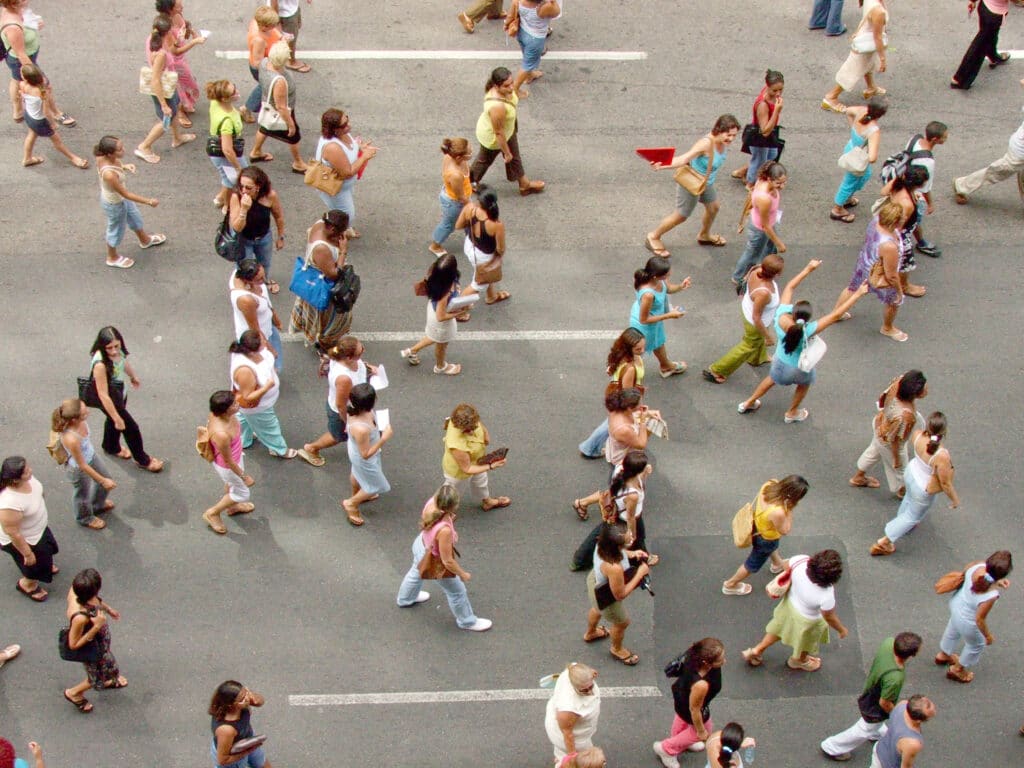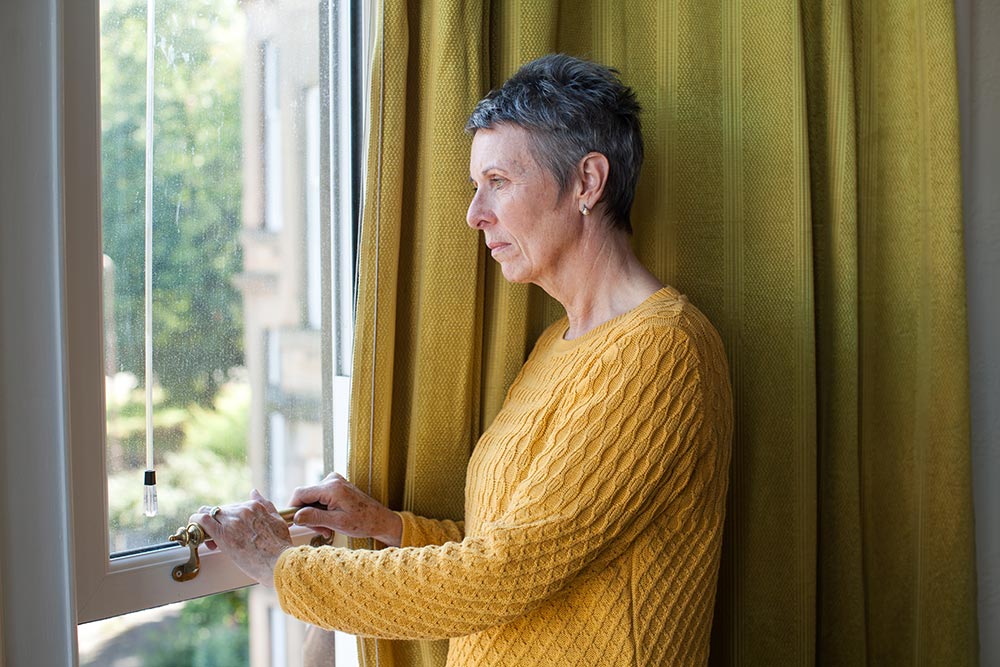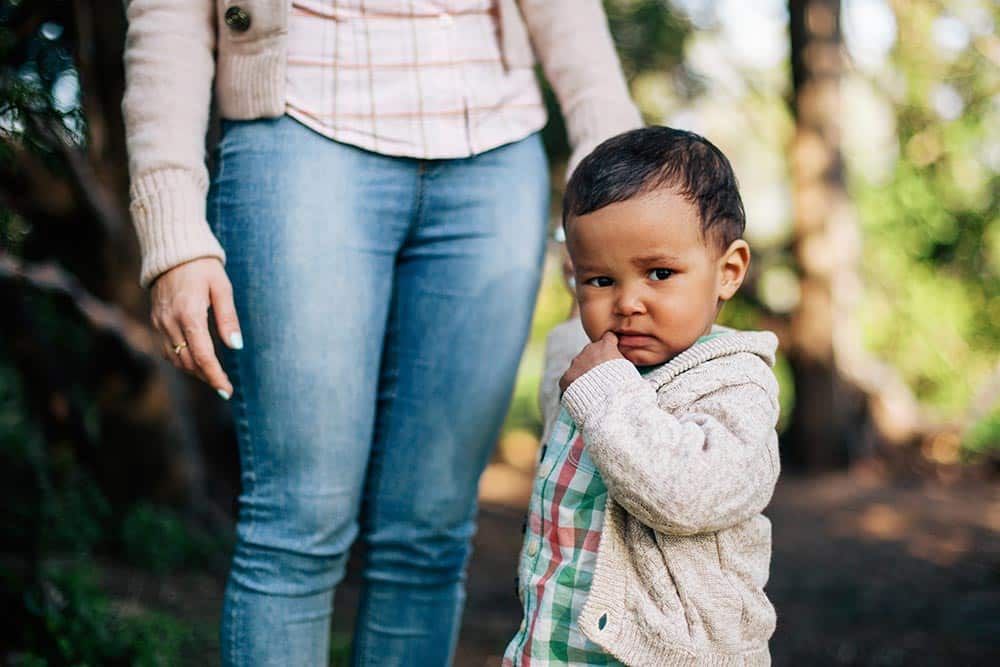Domestic abuse, the facts
Domestic abuse is a gendered crime which is deeply rooted in the societal inequality between men and women. It is a form of gender-based violence, violence “directed against a woman because she is a women or that affects disproportionately.” (CEDAW, 1992).
Women are more likely than men to experience multiple incidents of abuse, different types of domestic abuse (intimate partner violence, sexual assault and stalking) and in particular sexual violence. Any woman can experience domestic abuse regardless of race, ethnic or religious group, sexuality, class, or disability, but some women who experience other forms of oppression and discrimination may face further barriers to disclosing abuse and finding help.
Domestic abuse exists as part of violence against women and girls; which also includes different forms of family violence such as forced marriage, female genital mutilation and so called “honour crimes” that are perpetrated primarily by family members, often with multiple perpetrators.
The facts
- One in four women (27%) have experienced domestic abuse since the age of 16 (ONS, 2023a).
- Over the three-year period between April 2019 and March 2022, on average, at least one woman a week was killed by a male partner/ex-partner (ONS, 2023b).
- A minimum of £427 million is needed to be invested per year to fund specialist domestic abuse services for women and their children across England (Women’s Aid, 2023).
- Of the 888 women killed by ex/partner between 2009 and 2018, 43% had separated, or taken steps to separate, from the perpetrator (Femicide Census, 2020).
- Using On Track national data as our baseline data, we calculate that all refuge services in England supported an estimated 10,824 women and 12,989 children in 2022-23, and that all community-based support services supported an estimated 120,518 women and 156,673 children (Women’s Aid, 2024).
- 61.0% of all the referrals received in refuge services using On Track were rejected for various reasons. The main reason why referrals to refuge services were rejected was a lack of space or capacity, with 24.7% of rejected referrals being for this reason (Women’s Aid, 2024).
Find out more
How common is domestic abuse?
We know from our work, and the work of the Women’s Aid federation of services, that domestic abuse is very common, however this is often difficult to accurately quantify.
Why do we say domestic abuse is gendered?
Every case of domestic abuse should be taken seriously and each individual given access to the support they need.
The impact of domestic abuse
When thinking about the consequences of domestic abuse, it is important to consider the impact on the individual survivor and her family and children.
What services are there and how are they funded?
Domestic abuse services provide a wide range of information and support including refuge accommodation, helplines, outreach support and floating support.
Myths about domestic abuse
There are many myths about domestic abuse and its causes. Help us challenge some of the most widely believed and deep-rooted misconceptions.
Coercive control
Domestic abuse isn’t always physical. Coercive control is an act or a pattern of acts of assault, threats, humiliation and intimidation or other abuse that is used to harm, punish, or frighten their victim.









